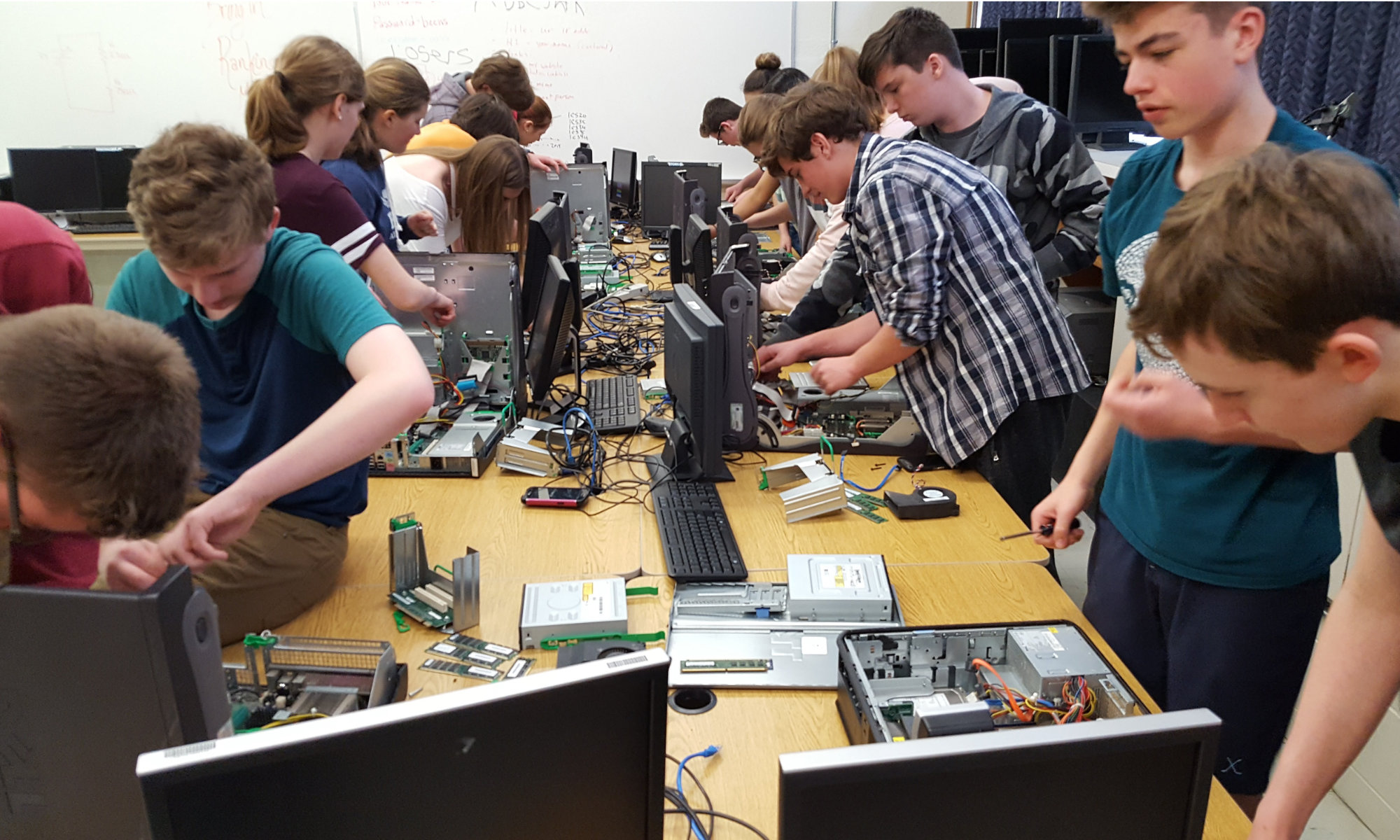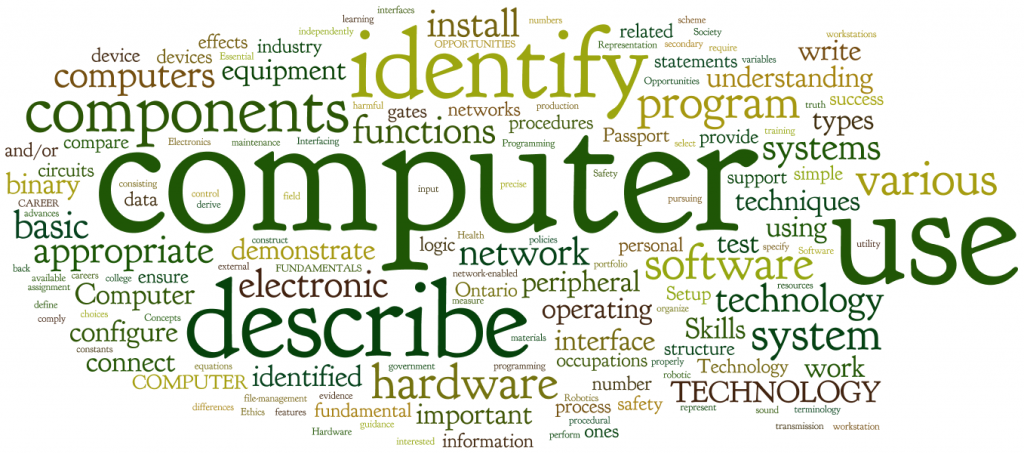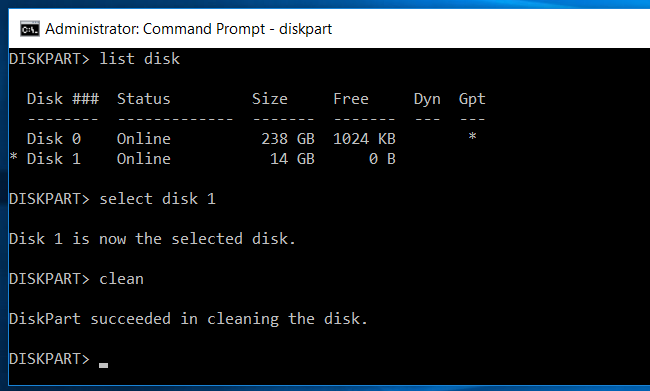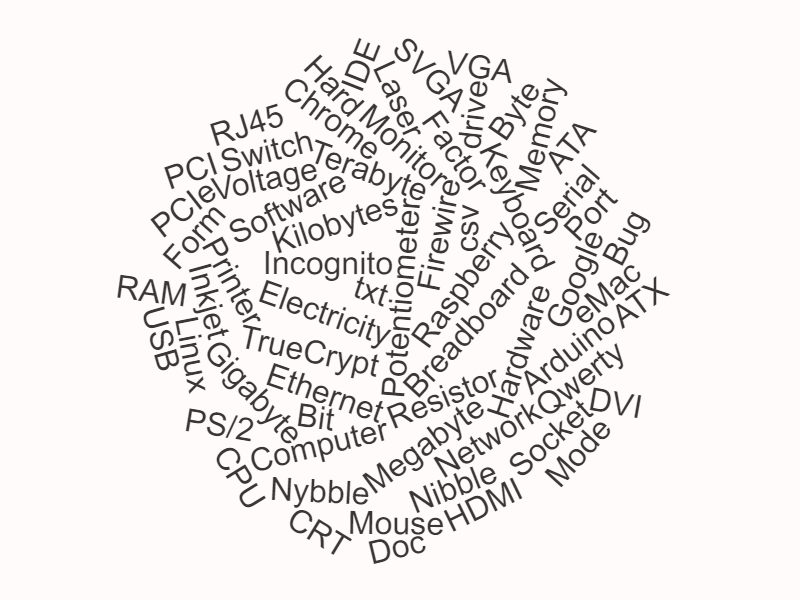Computer technology is an expanding branch of engineering, with roots in both electrical engineering and computer science. It includes the related areas of computer hardware and software; computer interfacing, programming, and networking; analog and digital electronics; and robotics. Computer technicians, technologists, and engineers work in every sector of society, in careers ranging from building and repairing computer systems to designing and installing computer networks, to designing and building prototype robots and electronic devices. Students taking computer technology courses will learn to work safely with computer equipment, electronic circuits, and robotic devices, and will explore the Essential Skills and work habits that are important for success in computer technology. Computer technology courses prepare students for apprenticeship, further study at college or university, or entry into the workplace directly after graduation.
–from https://goo.gl/aN1Rhc
TEJ2O Computer Technology
This course introduces students to computer systems, networking, and interfacing, as well as electronics and robotics. Students will assemble, repair, and configure computers with various types of operating systems and application software. Students will build small electronic circuits and write computer programs to control simple peripheral devices or robots. Students will also develop an awareness of related environmental and societal issues, and will learn about secondary and postsecondary pathways and career opportunities in computer technology.
TEJ3M Computer Engineering Technology
This course examines computer systems and control of external devices. Students will assemble computers and small networks by installing and configuring appropriate hardware and software. Students will develop knowledge and skills in electronics, robotics, programming, and networks, and will build systems that use computer programs and interfaces to control and/or respond to external devices. Students will develop an awareness of related environmental and societal issues, and will learn about college and university programs leading to careers in computer technology.
TEJ4E Computer Technology
This course enables students to further develop their practical understanding of computer hardware, software, networks, and operating systems. Students will use utility and application software, and will follow proper procedures for installing, maintaining, and troubleshooting computer systems and networks. In addition to demonstrating an understanding of the ethical use and environmental effects of computers, students will develop marketable skills and assess career opportunities in the field.






You must be logged in to post a comment.